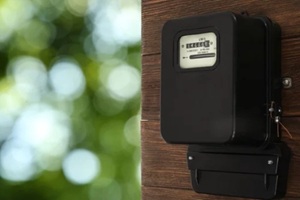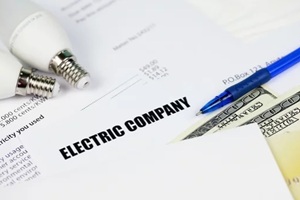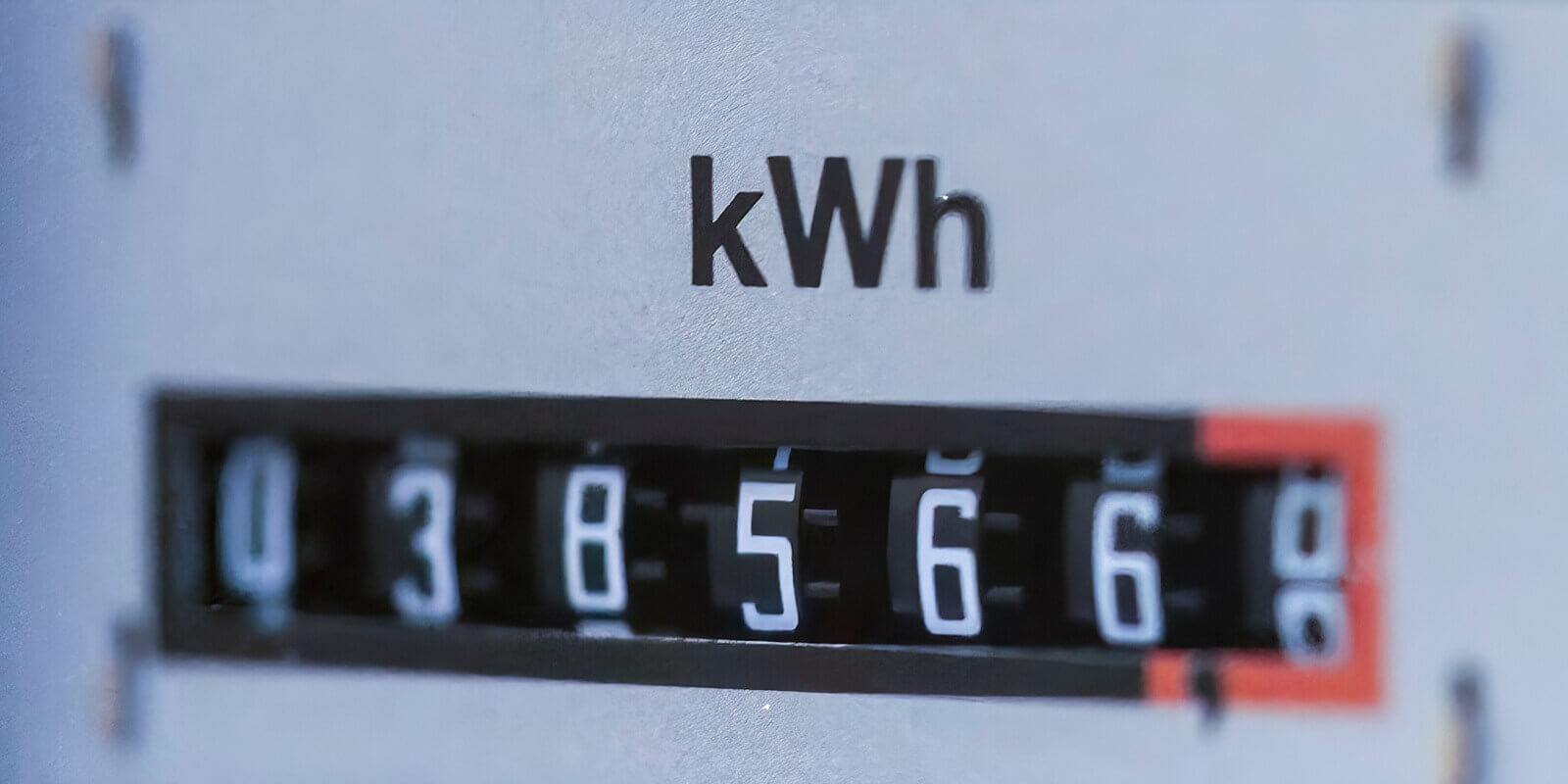Many homeowners have noticed price changes on their utility bills and wondered how they are calculated. In general terms, homes are billed based on the number of kilowatt-hours (kWh) of power they use, multiplied by the current electricity price per kWh. However, measuring power consumption and tracking electricity bills is often much more complicated.
Maryland homeowners looking to lower their electricity bills, invest in solar energy, or improve their energy habits need to know how kWh usage is measured and charged. This requires recognizing how utility companies calculate charges, the extra charges that appear on utility bills, and the usage information that can help homeowners track changes and respond with better energy practices.
What is a Kilowatt-Hour (kWh)?

A kilowatt-hour is equivalent to 1,000 watts of energy use over one hour. It measures the energy consumption of the home, not its power output. This is an essential distinction because utilities must track the power usage over time. For example, using a 1,000-watt oven for an hour and a 100-watt lightbulb for 10 hours results in 1 kWh consumption.
How is Usage Measured and Tracked?
Utility companies can use analog or digital meters to measure power usage in a home. The result is the same regarding how electricity flow is measured over time, though analog meters require in-person checks from the utility company to assess the usage. Modern digital meters have smart transmission systems that communicate directly with utility companies. Most major providers are switching to all-digital to improve response times and reduce reading charges.
How to Read Usage Data on Electric Bills
Electric bills can appear different depending on the utility provider. However, major providers typically include a readout for annual electric usage, which shows the home’s power usage, in kWh, of the home for the last 13 months (12 months, plus the current month).
Most homeowners will notice usage spikes in July and August when HVAC systems work harder to maintain the home’s internal temperature. However, utility providers may also increase the cost of electricity per kWh during these peak months to account for the strain that excess usage places on the grid.
Homeowners should know that every electric bill includes two main charges: electric supply and electric delivery. Electric supply is the cost of the electricity, while delivery is the cost of the infrastructure. Delivery charges are more of a fixed cost set by the utility provider, so when discussing the process of lowering electricity costs, the important factor is lowering the supply cost.
Electricity Bill Terms That Homeowners Should Know
Different utility suppliers have distinct names for the extra charges that appear on utility bills. However, homeowners need to be able to recognize these terms on their bills to know how the charges were made. Here are some of the common types of charges:

- Supply, Energy, or Generation Charge: The cost of producing the electricity
- Distribution Charge: The cost of delivering electricity to the home, including local infrastructure costs
- Service Fees: These can include the mandatory costs of supporting state programs that provide electricity for low-income homeowners
- EmPOWER Maryland Charge: A fee that funds state-mandated energy conservation and efficiency programs
- Franchise Tax: A charge that utility providers pay to local governments to use local infrastructure
- MD Environmental Surcharge: A cost collected to fund the Power Plant Research Program
- Gross Receipts Tax: A tax added to the franchise tax equal to 2% of the gross receipts
Different electricity bills will use other terms, but the broad separation of terms between Supply (production) and Distribution (delivery) charges can help homeowners determine what each charge means.
Does Energy Efficiency Impact the Bill?
Maryland utility providers can offer flat-rate billing charges or tiered-rate billing charges. Flat-rate bills charge the same rate per kWh regardless of the home’s energy use, while tiered-rate bills increase the rate based on certain thresholds.
Additionally, many energy providers are introducing Time-of-Use billing, where the cost of a kWh of energy changes depending on the grid’s demand. This means that peak- hour usage during the afternoon can be more expensive than off-peak usage, usually at night. The billing type varies by provider, and homeowners should learn how their provider calculates billing to make energy-efficient changes.
Regardless of the type of billing used, even small changes to kWh usage can change how the monthly bill is measured and charged. For example, using the washer and dryer during the late afternoon can be more expensive than using the same machines in the evening.
Switching from high-consumption appliances to more energy-efficient alternatives can also keep the home below certain energy use thresholds per billing period. Swapping conventional lightbulbs for LEDs or using a smart thermostat to lower HVAC usage during the day can make a big difference.
Partner With an Experienced Solar Provider to Lower Energy Costs in Maryland

At Energy Select, our local professionals help Maryland homeowners personalize solar energy solutions for their homes. Homeowners wondering how to read their electric bills, what kWh usage means, and other details about their monthly charges can benefit from an energy efficiency consultation from an experienced local team.
Contact our solar installers today to learn how to read your energy bill in Maryland and lower your monthly energy costs.


